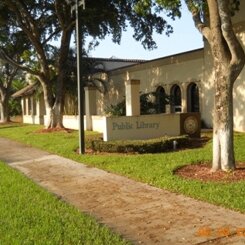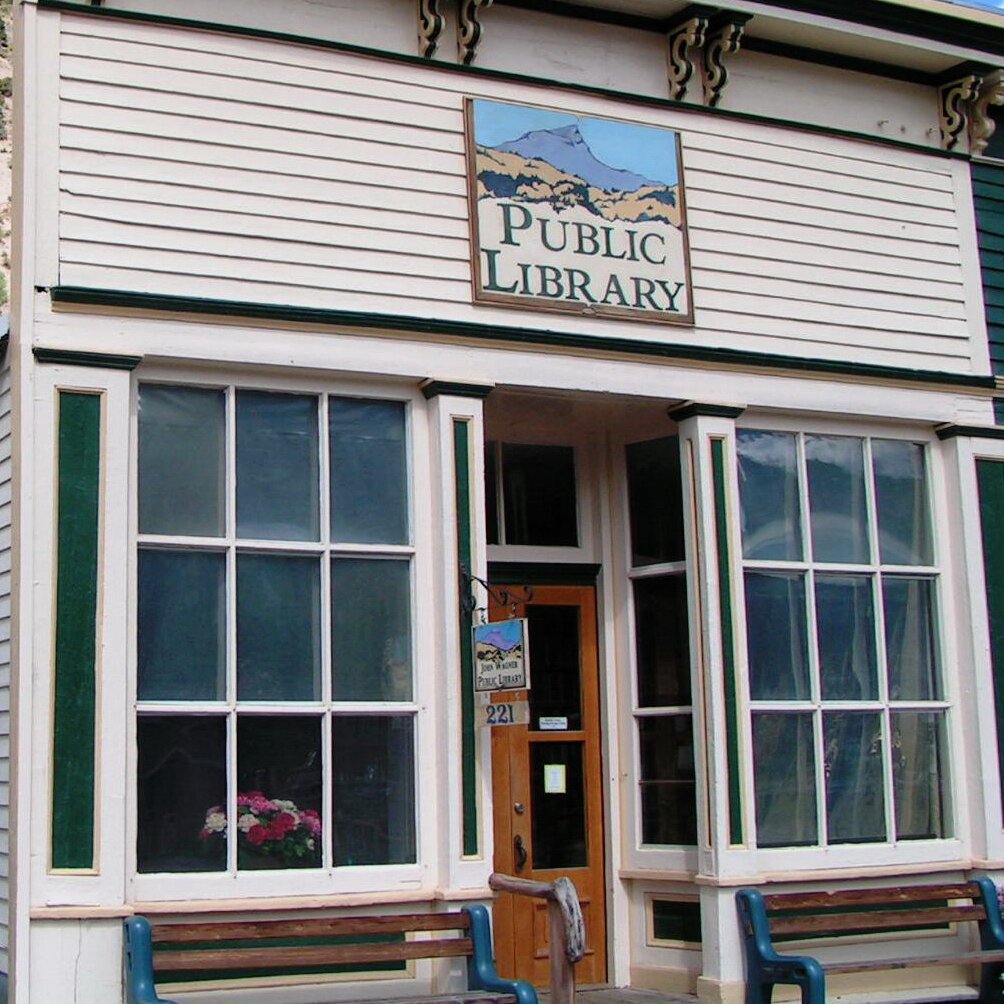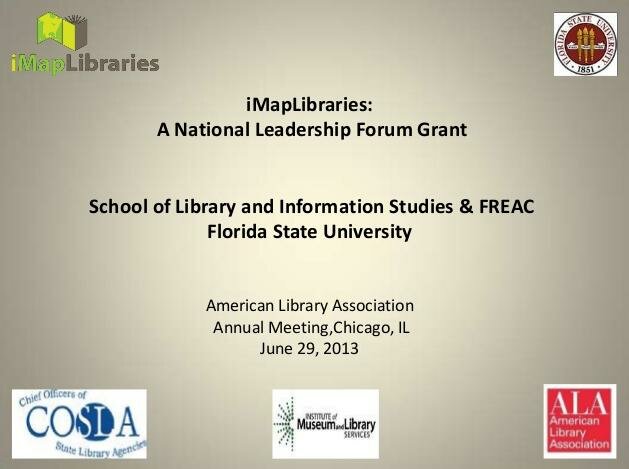 Boca Raton, Florida
Boca Raton, Florida Lake City, Colorado
Lake City, Colorado
iMap Libraries: Helping Provide Equity of Public Library Services
|
September 2013 |
 |
the ALA Meeting June 2013 |
Project Directors:
Dr. Christie Koontz, [email protected] and Dean Jue, [email protected]
School of Library and Information Studies, Florida State University
The goal of this IMLS National Forum Grant is to empower local librarians, with development of more precise planning tools, to better serve diverse customer markets within their local community. Although public libraries are funded by local governments and hence serve same, measures of library performance and effectiveness are defined at the national level into a "one size fits all." Categories are top down and do not fit the increasingly diverse customer profiles in communities large and small, urban and rural across America.
Further, and more importantly, current broad measures fail to accurately assess the unique and valuable roles that libraries play in the lives of people within these diverse and non-traditional segments of local communities. The lack of local library performance measures that mirror unique populations means that local libraries find it difficult to show the true value of services to the local community and its funders.
This joint project by Florida State University researchers, the American Library Association (ALA), and the Chief Officers of State Library Associations (COSLA) will take a major step towards solving this problem. The grant will identify the public libraries throughout the country that currently serve diverse populations as identified with geographic information system (GIS) using variables such as linguistic isolation, race/ethnicity, education and income levels within a pre-determined radii around the library facility.
Librarians will be contacted and be asked to agree if these computer-generated markets are accurate . Also, public libraries will be able to view selected socio-economic and demographic characteristics around their particular library branch on a Google Map. If the library is in the wrong location-they will be able to move it to the correct one and adjust market descriptions and estimates accordingly.
The project researchers will then engage librarians in face-to-face meetings at library conferences as well as in virtual meetings, with communications augmented by such social media as Facebook, Twitter, and blogs.
The goal of the dialogue will be to a) identify library services that are effective in serving more specialized needs and b) develop potential easy-to-collect library metrics that adequately show the value of those services to others, including funding agencies; and c) gather feedback on a potential prototype mapping environment These meetings and discussions will result in a planning document (white paper) that will provide a clear roadmap to implementing local and specialized library performance measures that will benefit the entire public library field.
By October 2012, this project will have a website (imapLibraries.org) that will coordinate data and information about grant. It will contain links to data, map (s) displaying diverse markets and library locations, and social media discussions.



